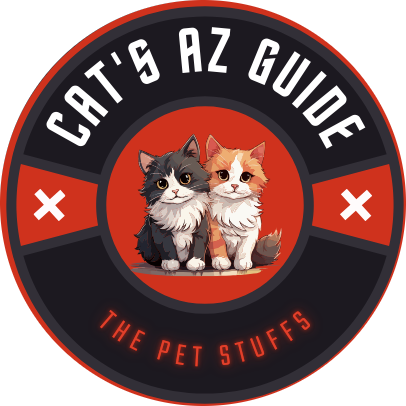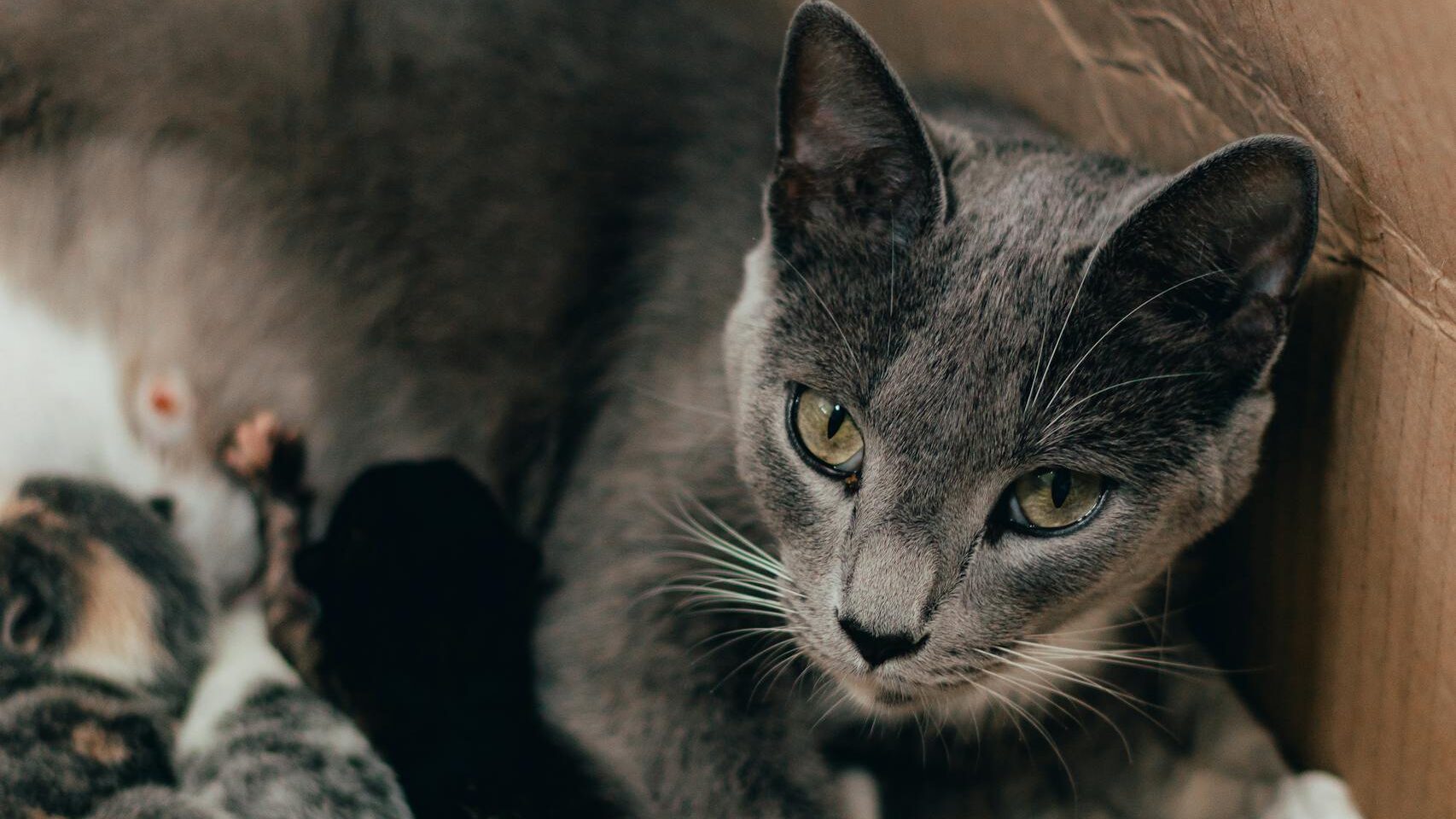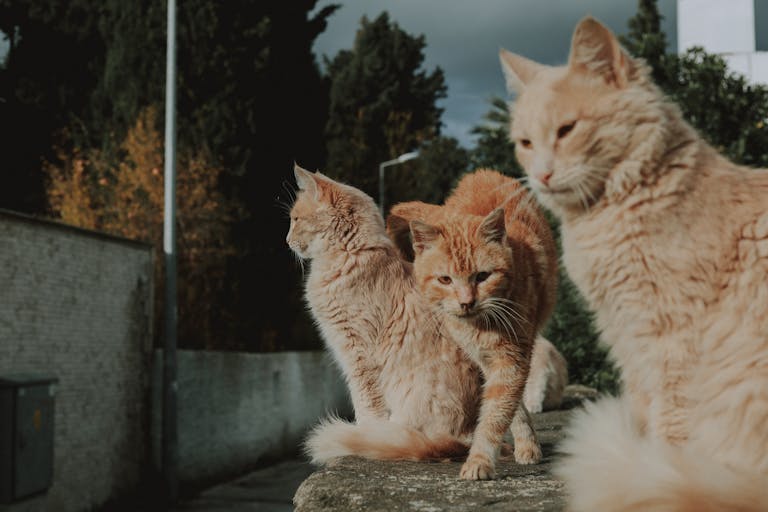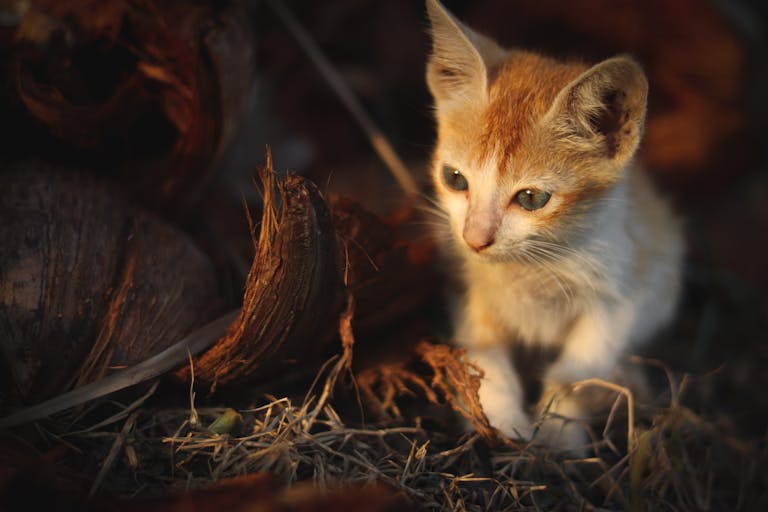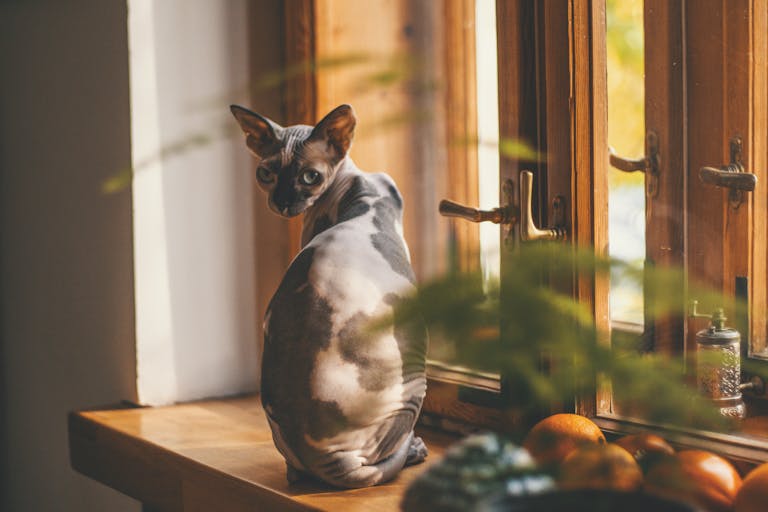Cat Litter Costs Explained – 7 Reasons for the High Price!
Hey Cat lovers! If you’re reading this blog about cat litter right now! I know You love your cat a lot.
You want the best for your furry friends… and the price tags on cat products can be absolutely shocking! This is especially true for litter, and even more.
If you’re wondering why is cat litter so expensive, you’re not alone. The price tags can be shocking for first-time cat parents. So if you’re a first-time furry parent you must know this.
How is a Cat Litter Made?
Cat litter comes in a number of forms, including silica crystals, paper pellets, pinewood chips, and clay. There are benefits and drawbacks to each variety, and the final decision is based on what pet parents and their feline companions want and require in cat litter.
See also How to Pamper Your Cat
However, there are certain factors every litter should take into account when considering the price. Here’s the information:
1. Raw Materials and Manufacturing
The cost of raw materials and manufacturing methods directly affect the price of cat litter. Raw materials may be difficult to extract or difficult to find or transport, which increases the price of each bag.
For example, clay litter involves mining, processing, and refining clay minerals, which requires labor, machinery, and energy inputs and costs.
Paper litter involves collecting and processing the paper material. The manufacture of plant-based litter involves cultivating, harvesting, transporting, and processing crops at the plant where the litter is manufactured.
Silica gel litter must undergo special manufacturing to create silica beads. Wood-based litter must also undergo a compression and treatment process.
See also Colocolo Cat vs Pampas Cat
The answer to why is cat litter so expensive lies largely in the cost of sourcing and processing raw materials like clay, paper, and silica. These raw ingredients and manufacturing methods add to the entire production cost, which is directly tied to the litter’s price.
More manufacturing and materials lead to a greater price. Energy costs can also fluctuate, and as they rise, they can be passed on to consumers.
2. Packaging
The packaging of cat litter is also included in the overall cost. Packaging is designed to ensure product freshness, prevent leaks and loss of contents, and provide convenience for buyers.
Stronger packaging materials, such as plastic bags or containers, cost extra, both monetarily and because of sustainability tradeoffs.
Some bags are bulky and heavy, but require less packaging. Others are small and compact for consumer convenience, but require more packaging overall in the form of multiple bags.
Bags can be compostable or recyclable, which is great for the planet, though these features often come at a higher price.
3. Storage and Transportation
There is a whole logistics side to the cat litter industry, which involves transportation, storage, and distribution costs. The heavier the cat litter, the more energy it will require for transportation.
The larger the bag, the more storage space it will require before shipment and delivery. This can often be the biggest cost when it comes to your cat litter.
4. Marketing and Branding
Another hidden factor in why is cat litter so expensive is the cost of marketing and branding, especially for premium brands. You may not realize how much work goes into promoting and selling cat litter.
There are numerous companies fighting for your business, and a seemingly unending amount of effort is expended in consumer research and associated operations to decide how to effectively contact potential buyers.
See also Taming Stray Cats
Established brands with outstanding product reviews for their high-quality cat litter will continue to sell at premium pricing. Customers are willing to pay more if they know they will receive better performance and a pleasant experience for both cat and owner.
5. Inflation
Just like the cost of groceries, energy and gas, the price of litter can fluctuate depending on economic conditions. Rising costs of raw materials, inflation and many other factors can and will drive up the final price of a bag of cat litter.
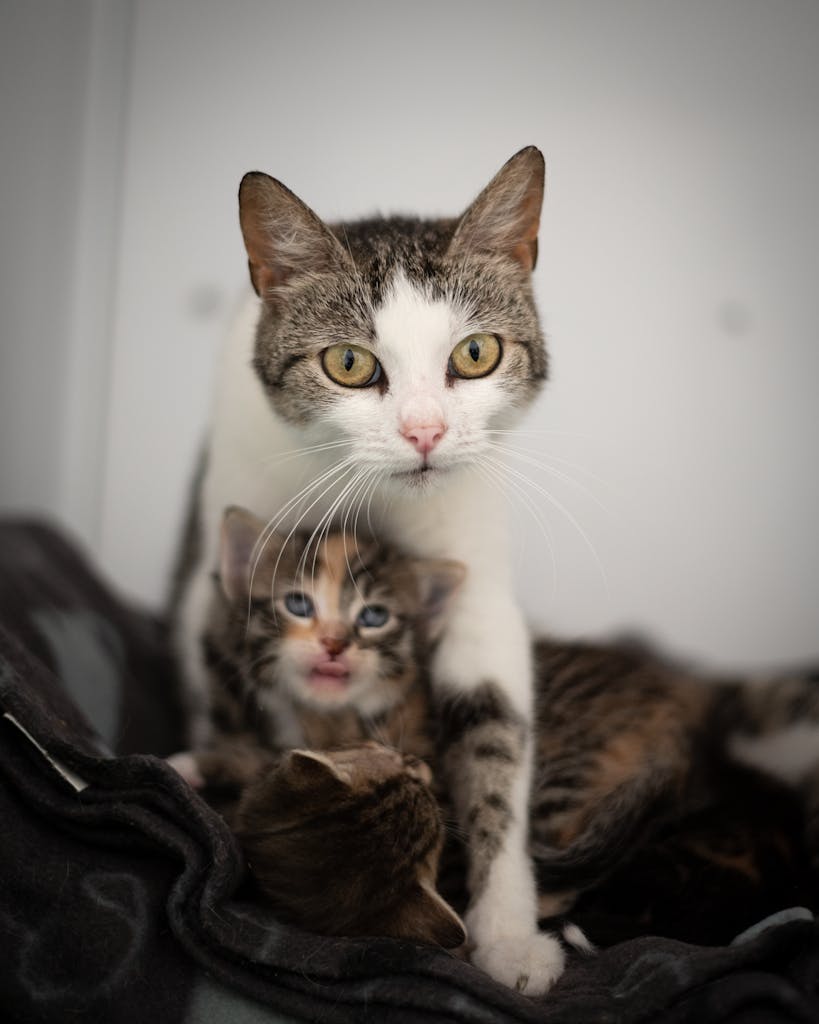
6. Consumer Demand
Savvy consumers like you care a lot about the comfort of their feline friends. They want – and often demand – the best in everything for their cat.
Many environmentally conscious consumers also want the best for people and the planet, not just for their pets.
The desire for cat litter that works well, is sustainable, and does no harm to humans and the earth is possible, and it comes with a higher price tag than traditional litter
7. Investments in Research, Development, and Quality Control.
As mentioned above, customer desires drive a lot of research and development efforts when it comes to creating cat litter. Teams of highly skilled chemists, engineers, and others put in time and effort in the lab to create the best cat litter possible.
It’s not cheap, and it requires specialized scientific knowledge. Even minor changes to a formula can have a huge impact on a product’s efficacy and performance.
In summary, when you wonder why is cat litter so expensive, factors such as raw materials, packaging, and branding all play a part.
See also Do All Cats’ Eyes Glow in the Dark?
Other factors play a role as well, however the points above are the biggest factors in untangling the reasons why cat litter can be so expensive.
However, at Catalyst Pet, we are working hard to remove the barriers between consumers and an affordable, sustainable litter. If you haven’t tried Catalyst yet, do yourself (and your cat and the planet) a favor and give us a try!
FAQs About Why is Cat Litter So Expensive
Why is cat litter more expensive than other pet products?
Cat litter involves costly raw materials and manufacturing processes, making it pricier than other pet supplies.
Does the type of cat litter affect its price?
Yes, different types like silica, clay, and paper require distinct manufacturing methods, influencing the cost.
Why is eco-friendly cat litter more expensive?
Eco-friendly litters use sustainable materials and environmentally friendly processes, which tend to be costlier.
Is expensive cat litter better quality?
In many cases, premium litters offer better odor control, clumping, and overall performance, justifying the higher price.
Do transportation and storage impact the cost of cat litter?
Yes, cat litter is heavy, and the logistics of moving and storing it can significantly add to its price.
Why does branded cat litter cost more?
Established brands invest in marketing, research, and quality control, all of which contribute to higher costs.
Can inflation affect cat litter prices?
Yes, inflation drives up the cost of raw materials and energy, which can make cat litter more expensive.
Are biodegradable litters always more expensive?
Usually, biodegradable litters come with higher production costs, making them pricier than traditional clay options.
Can I save money on cat litter by buying in bulk?
Still wondering why is cat litter so expensive? Buying in bulk is a great way to reduce costs while still ensuring quality.
